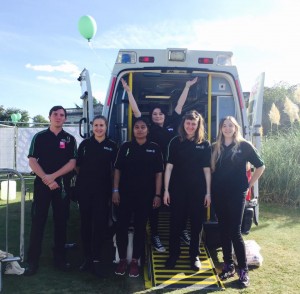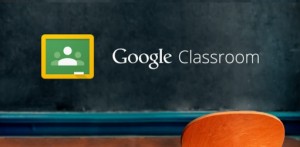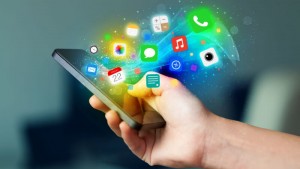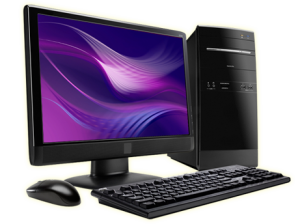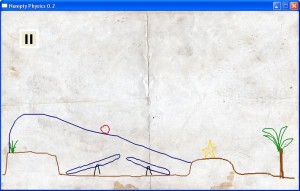Teachers are able to use blogs as a way of eliciting ideas from children. They are able to comment on the blogs and ask children to expand on their points or asking them to find something out related to their point. Although this depends on the questions that the teacher asks, they need to be focused and asked in a specific way. Blogs are a more creative and interesting way to have children express their ideas as well, therefore they are more likely to put their time into it and get something out of it, rather than just another worksheet. They engage children and they are able to keep a collection of research and resources that they have found from the web. 
The blogs are also able to be used for class topics. They’re multi-modal they are perfect for creating a range of resources and demonstrating the children’s understanding and learning. For example if they are studying the Second World War, then they could write a diary entry or account from a child who had been evacuated. Not only is this enhancing ICT skills, it is also benefiting both English and History too. But, publishing this content on the internet also allows access to parents. It is incredibly important for the parents to support children through their schooling, and this enables children to show their parents what they have been doing. But also the other way around, during the school holidays the children are able to update their blogs to explain what they have been doing during the holidays. This helps the teacher to understand the children’s interests and what they enjoy, which can then be used to help future planning.
The children can write a blog as a follow up for homework after the main lesson has finished. It is possible for the teacher to create a series of lessons, which then result in a blog, for example having children create a character and role play before then writing from that characters perspective in the blog. This then leads to children taking an interest into what the other children have written, once they have read the other blogs, they are inclined to comment on it. This helps children to understand what they are doing right and what they could improve on. They are also able to comment back, and answer the questions other children may have or discuss an alternative viewpoint. The discussion allows children to learn from each other, helping to form a social constructionist approach to their learning.
 Blogging is able to help children’s progress and engagement with writing, they believe that the world is reading their blog and they begin to edit their use of language to demonstrate this. They are able to put the time and effort into the work because they know there is no limit to the people who can see it, and they want to represent themselves and their school in a positive way. Blogging can also help to improve the children’s confidence. The children are also able to go back and change the blog if they identify if anything is wrong or add things into it that they have found out from reading other children’s work or researching the topic further.
Blogging is able to help children’s progress and engagement with writing, they believe that the world is reading their blog and they begin to edit their use of language to demonstrate this. They are able to put the time and effort into the work because they know there is no limit to the people who can see it, and they want to represent themselves and their school in a positive way. Blogging can also help to improve the children’s confidence. The children are also able to go back and change the blog if they identify if anything is wrong or add things into it that they have found out from reading other children’s work or researching the topic further.
The reading states that some teachers only focus on the content that they have written compared to the punctuation and grammar of it when assessing blogs rather than book work. Although I think that marking all of it is still incredibly important, children need to be able to use grammar and punctuation correctly even if they are writing online or in their books. It does follow up to say that the teacher is only responding to what they have written, rather than correcting it. The blogs are used to express the children’s interests and as a release for their thoughts and feelings towards certain subjects, although I still believe that they should be written correctly.
I would consider using a blog within my classroom, since it helps to connect home and school for the children. They are able to involve their parents in what they are doing, and their peers. Children will be writing for the dedicated audience, which is key to improving their confidence and use of language. I believe as long as the children are engaged with writing the blogs, and want to do so to a high quality, I will be able to create one.
